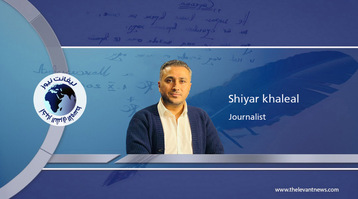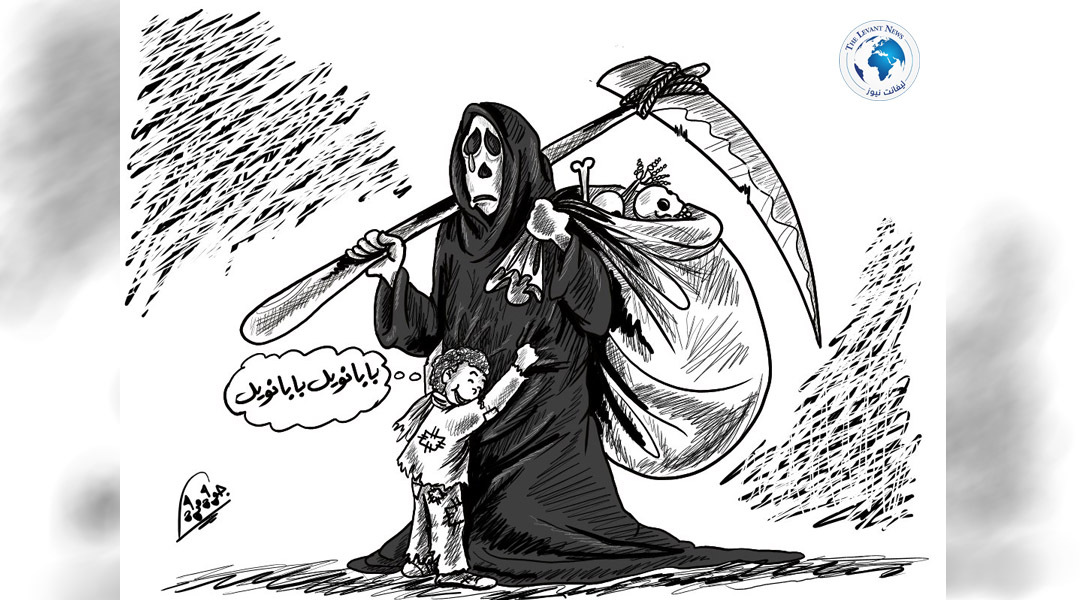-
Implications of Activating the Trigger Mechanism on Iran: Between Internal Crisis and Popular Resistance

Iran is currently experiencing an exceptional phase, as economic and social crises deepen while facing unprecedented international pressures. The reactivation of the European trigger mechanism and the return of six UN sanctions resolutions mean preventing any transfer of nuclear or missile-related materials to Iran, posing the regime with serious economic and political challenges: "More than 80% of the Iranian people live below the poverty line, threatening social stability and pushing broad segments to protest in the streets."
Iran on the Brink of a Historic Crisis
Regime experts warn of the repercussions of these sanctions, with a former deputy of the regime’s Chamber of Commerce predicting the dollar rate could rise by up to one and a half times, and inflation could reach around 90%, threatening economic stagnation, rising unemployment, and poverty. This makes the explosion of popular uprisings closer than ever.
Khamenei at a Crossroads of Decline or Retreat
Deep internal divisions within the regime regarding how to handle crises—including the nuclear file and confrontation with the international community—are worsening day by day. Protests against poverty and the disruption of basic services such as water and electricity are expanding, putting Iran on the verge of a social explosion. "Khamenei stands at a pivotal crossroads: retreat from current policies means the collapse of the regime, while continuing along the same path means ongoing crises and escalating protests."
Protest in Brussels: Echoes of Iranian Resistance
In this context, a planned demonstration in Brussels on September 30, 2025, involving tens of thousands of Iranians abroad, aims to extend the anger of the people inside Iran. The demonstration is organized on the 60th anniversary of the founding of the MEK (People’s Mujahedin of Iran), which played a central role in the struggle against the Shah and the mullahs' dictatorship and continues today to lead efforts of popular resistance inside the country. "This demonstration is not just symbolic; it reflects the cry of the families of 120,000 martyrs who fell at the hands of the Iranian regime."
Messages of the Demonstration to the World and Inside Iran
The demonstration carries important political messages:
- The true solution for Iran: The third way, meaning no war and no negotiations with the regime, but the regime’s overthrow through the people's uprising and organized resistance.
- Existence of a democratic alternative: A genuine alternative with a sixty-year fighting history and a clear program to transfer sovereignty to the people and build a progressive democratic state.
- Role of the international community: The world must support the Iranian people and their resistance if it wishes to save itself from the regime’s evil.
The demonstration also represents an integrated resistance network inside Iran, involving various classes of society—from schools, universities, and factories to units within the army and regime forces—giving it the capacity for direct influence on future developments.
Thus, Iran today is at a historic crossroads, combining a deep economic and social crisis with escalating international pressures. At the heart of this reality stand the Iranian people and their resistance as a genuine force for change. The Brussels demonstration, with its symbolic and practical significance, sends clear messages to Iran’s internal situation and the international community: "The alternative exists, the people are capable of change, and Iran’s democratic future is possible."
Dr. Asim Abdul Rahman
Tags
You May Also Like
Popular Posts
Caricature
opinion
Report
ads
Newsletter
Subscribe to our mailing list to get the new updates!




















